Best AI Text to Video Models & Templates
Introduction: AI Video Generation Is No Longer Experimental What began as short, unstable demo clips has evolved into production-grade systems…
Jun 30, 2022
Investing is a path full of complicated twists and turns. While seasoned investors have no problem traversing this road, people who are just starting to look into investing may feel discouraged in continuing to walk down the road, especially when they have already fallen down into a rabbit hole or two just because they haven’t fully grasped the gist of it.

To provide a clear and concise roadmap of the complexities of business investment, companies create a nifty fund fact sheet for their investors. These fund fact sheets contain all the essential information of an investment fund laid out in a simple and easily discernible document that beginner investors can understand. An effective fund fact sheet presents complex and detailed data regarding the investment through a simple and neat format.
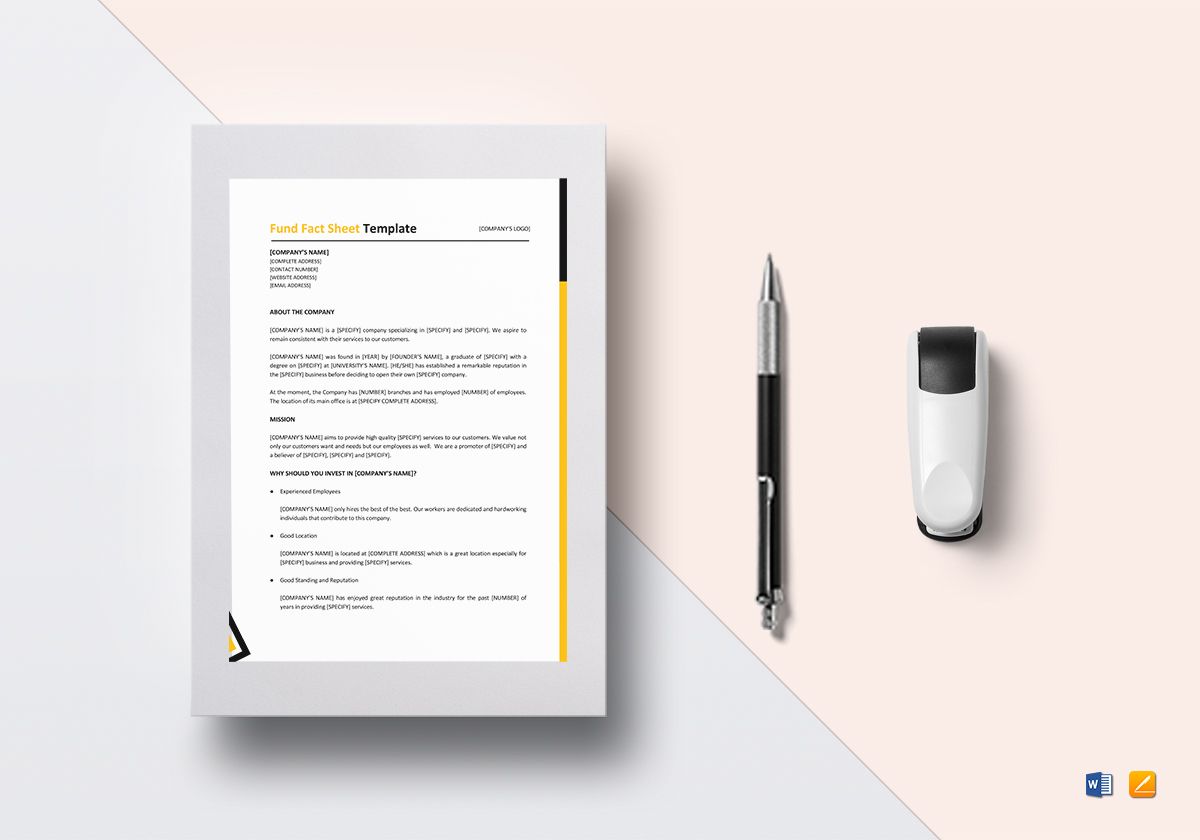
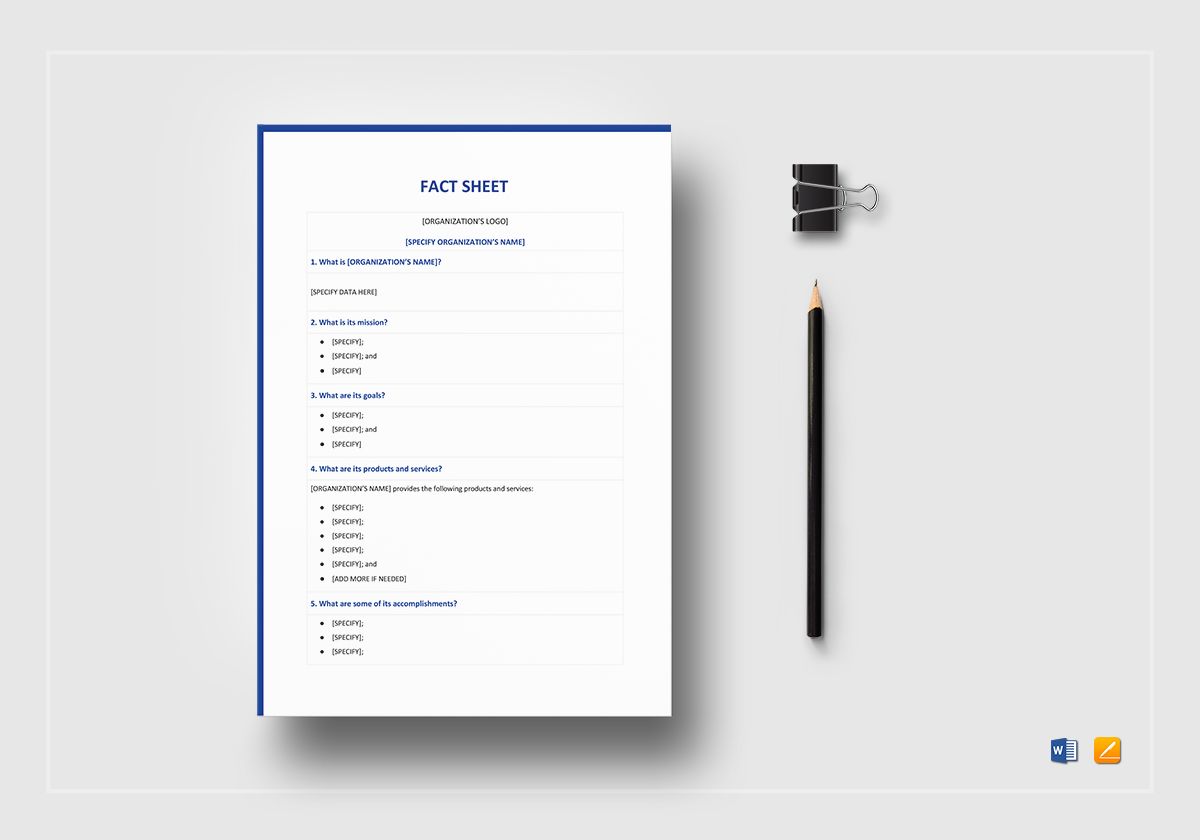
The layout and format of a fund fact sheet vary in every company and pool of shareholders, but all of them have at least the following elements:
1. Fund Name: The fund name serves as the header of the fund fact sheet. It contains the name of the company that will sponsor or promote the fund, the asset type of the investment, whether it will be a bond or a stock, and the investment strategy. This goes on the topmost part of the fund fact sheet.
2. Time Period: A fund fact sheet states the specific date that the funding information was published, as well as the current quarter of the year that it was updated. This is important for the investor to know that the fund fact sheet is the most recent version.
3. Objective: This states the goals that the company tries to achieve with the fund and how it will spend the funding to make it happen.
4. Top Holdings: This is a list of the largest investments made in the funding. It states the names of the biggest investors and their corresponding percentage of investment in the fund portfolio.
5. Portfolio Management: These are the names of the individuals who manage the investments as well as their tenure in management. They usually come from the investment sponsor.
5. Returns Report: This is a table of the average annual returns of an investment over a specific time period, may it be over a year or a lengthy span of 10 years. This works like a financial report that gives potential investors data on how the fund is performing in the market to help them decide if it is worth it to invest in the funding.
6. Expense Ratio: This indicates the fee to join in the funding. The actual amount varies from fund to fund and it relies on multiple factors. But for an investor to know their fee, they only need to multiply the total amount they plan to invest by the expense ratio indicated in the fund fact sheet.
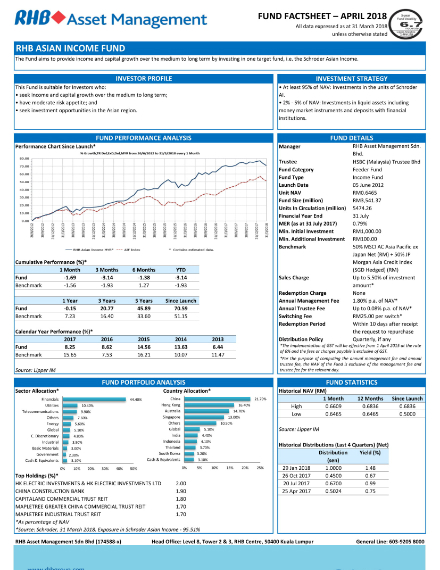 nordea.lu
nordea.lu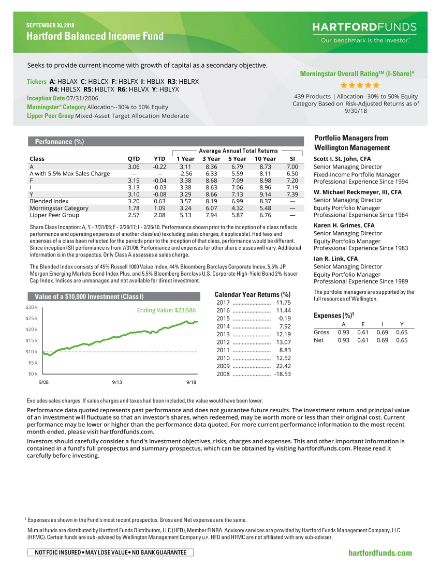 hartfordfunds.com
hartfordfunds.com federatedinvestors.com
federatedinvestors.com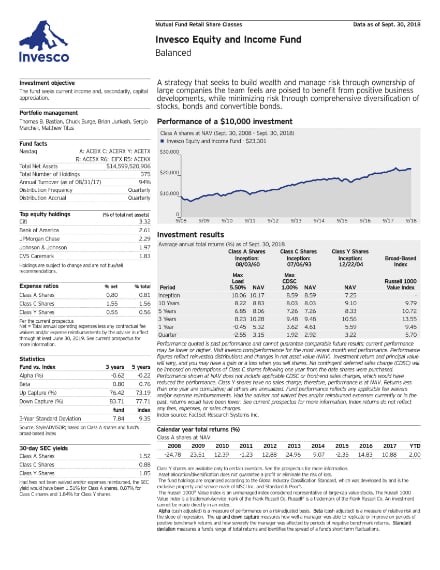 invesco.com
invesco.com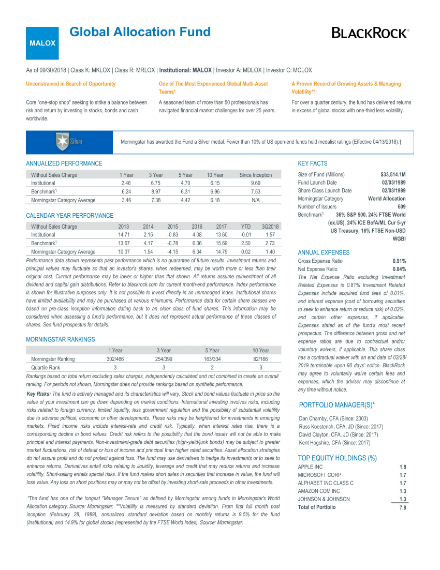 blackrock.com
blackrock.com nlihc.org
nlihc.org schroders.com
schroders.com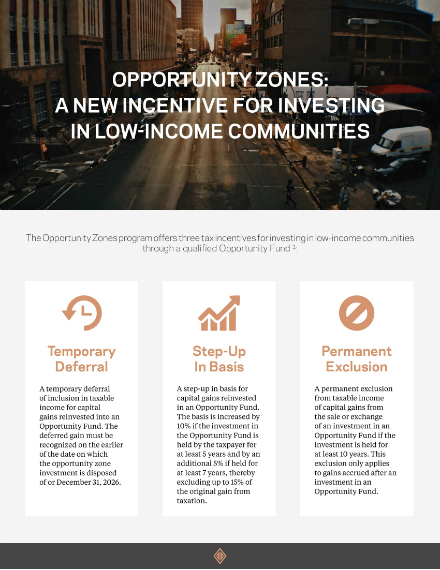 eig.org
eig.org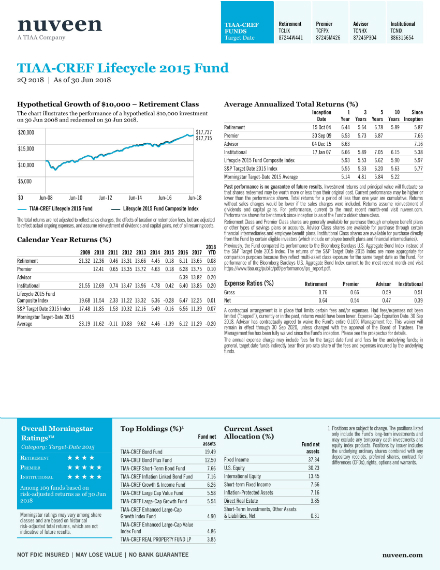 tiaa.org
tiaa.org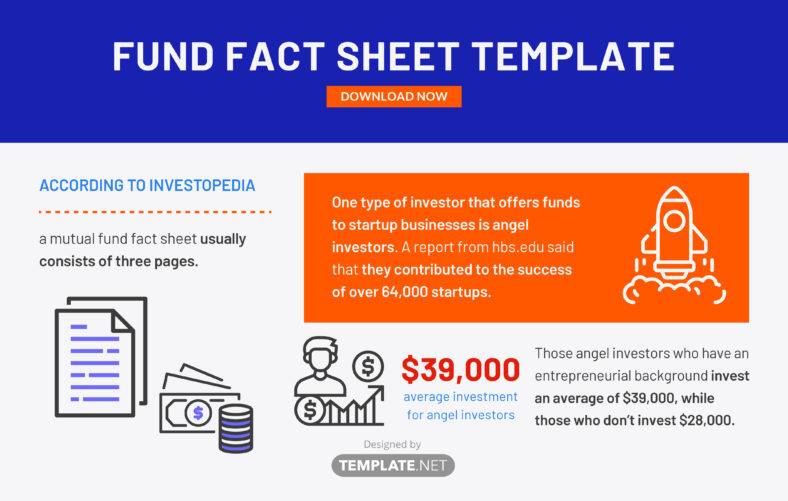
According to Investopedia, a mutual fund fact sheet usually consists of three pages.
One type of investor that offers funds to startup businesses is angel investors. A report from hbs.edu said that they contributed to the success of over 64,000 startups.
Those angel investors who have an entrepreneurial background invest an average of $39,000, while those who don’t invest $28,000.
1. Start off with the primary details about the fund: The first section of the fund fact sheet is placed at the topmost part of the document. This tells the investor the name of the fund, the name of the company that is managing the fund, and the date it was first published. Fund fact sheets are most often updated every quarter, so the current period is also indicated in this section. If you are working to update a fund fact sheet, then make sure that the quarter indicated in the fund fact sheet is the current one.
2. State the investment objective and policy: For this part, you will have to give a summary on the goal of the funding, such as whether it is created to produce a profit or just to attain growth in money. Other pieces of information included in this section are the type of industry that the fund invests in, the geographical areas where the fund will be used, and the size of companies that the fund will be financing.
3. Lay out your fund facts: This is the main part of your fund fact sheet where you will give key information about the fund such as the fund size, the fund price, and the investment information. The fund size is the total value of the funding while the fund price is the price of a unit in the fund, which is commonly expressed in a ratio. On the other hand, your investment information is where you will explain any cost of joining in the fund such as the initial charge, the annual management charge, and the ongoing charges figure, which is the additional charge incurred in day-to-day expenses of running the fund.
4. Prepare some graphics for your top holdings and asset allocation sections: Draw a table chart where you will list down the top ten investors of your fund and include their respective contribution in percentage. In another space near the table, create a bar chart where you will show a breakdown of the asset classes where the fund invests in.
5. Indicate who are the fund managers: At the bottom of the fund fact sheet is where you will write the managers of the investment fund. They are the ones responsible in financial audits and make decisions for the fund to achieve the investment objectives. Also, indicate the specific month and year when the fund manager first took over to manage the fund.
A fund fact sheet is classified according to the kind of funding that the company does with its investors. There are three most common types of investment funds:
Fund fact sheets follow the standard sizes of formal business documents. These sheet templates are available in print sizes of US Legal (8.5 inches by 14 inches), US Letter (8.5 inches by 11 inches), and A4 (8.27 inches by 11.69 inches).
While you may have seen a lot of fund fact sheets that use pie charts for their asset allocation, the use of this type of data representation tool is actually not recommended. Pie charts, aside from the fact that they can take way more space, can be misleading. On the other hand, a bar chart would be more effective in telling an accurate representation of your asset allocations.
Fund fact sheets are most often updated every quarter, but it actually depends on the company managing the fund and the investors. Some fund fact sheets are updated as often as every month while some wait for a whole year to update theirs. However, should there be a significant material change that affects the fund as a whole, it should be edited out as soon as possible.
Your fund fact sheet should contain investment information of at least three years’ worth of the funding performance. The idea behind this is for the investors to know whether the fund has done better or worse for the past few years. If ever it has garnered high ratings and awards from corporate entities, then you should also indicate those in your fund fact sheet. Remember that the purpose of the fund fact sheet is to communicate to the investors any updates and vital information regarding the money they pooled in, so you can all be at the same page for the whole time.
Introduction: AI Video Generation Is No Longer Experimental What began as short, unstable demo clips has evolved into production-grade systems…
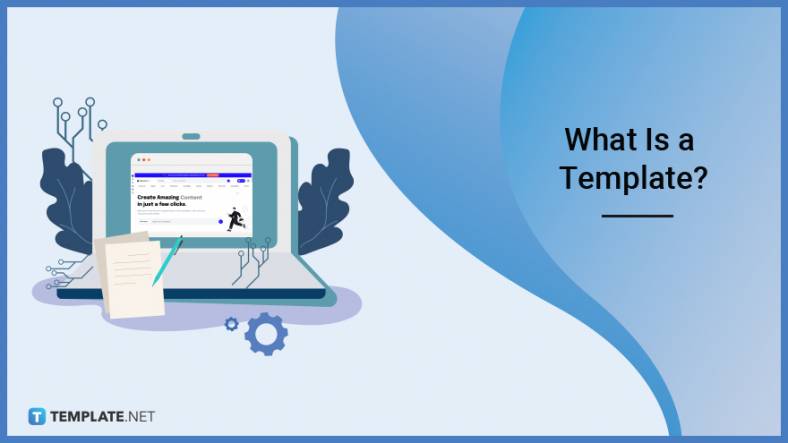
In today’s fast-paced digital world, efficiency and consistency are key to content creation, and this is where the power of…

Hospitality Induction Templates are structured guides created specifically for the hospitality industry to facilitate the onboarding process for new employees.…

Whether you are a business or an organization, it is important for you to keep track of your business bank…
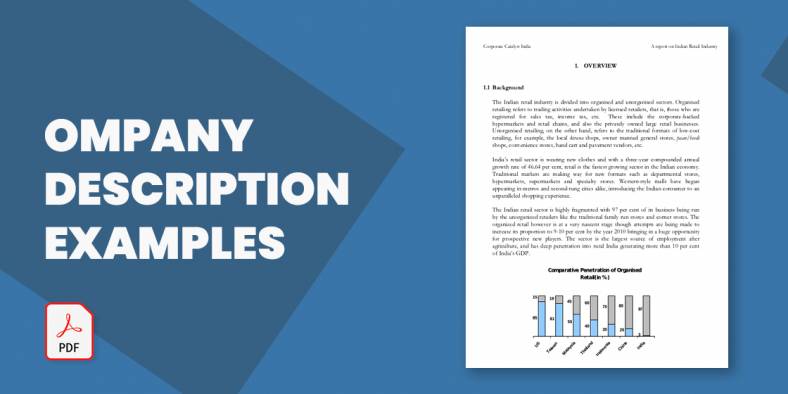
A Company Description provides meaningful and useful information about itself. The high-level review covers various elements of your small business…

A smartly designed restaurant menu can be a massive leverage to any food business.

Whether you need to keep neat records of received payments, or are looking for a template that helps you look…

The most widely recognized use for a sample letter of planning is the understudy who, after finishing secondary school, wishes…

The term “quotation” can refer to several things. While to some it may refer to a quote, which is proverbial.…